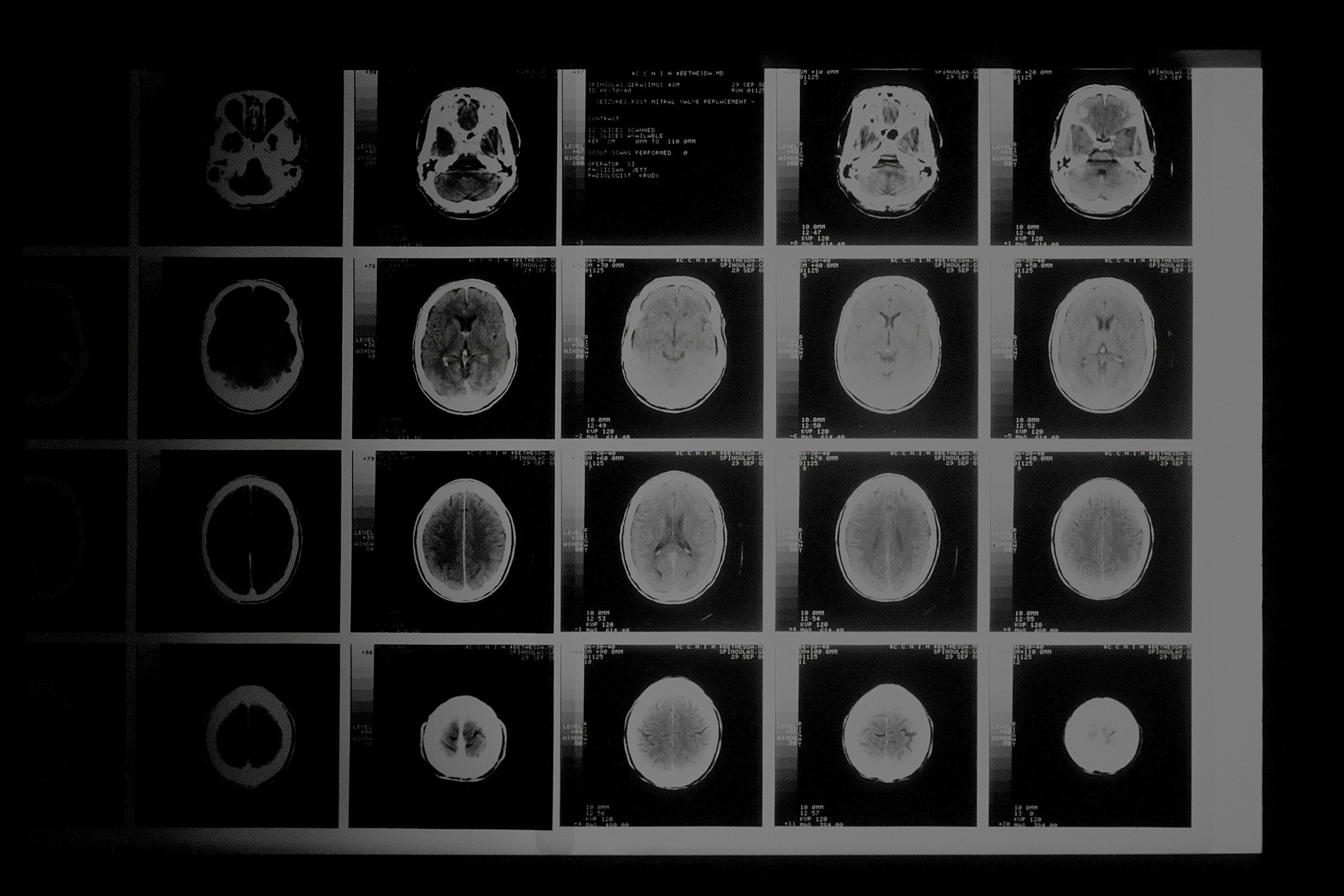
Pain Reprocessing Therapy
Pain Reprocessing Therapy (PRT) is a new treatment approach that helps patients understand and modify how their brain processes pain signals. PRT is based on the principle that chronic pain often persists due to learned neural pathways rather than ongoing tissue damage. This is called Neuroplastic pain.
Pain Reprocessing Therapy works by helping you:
recognize how and when pain is caused by learned neural pathways rather than acute injury
understand the role of your brain in maintaining chronic pain, and
learn and practice techniques to calm your nervous system's response to pain signals.
Research has shown that PRT can be highly effective in reducing or eliminating chronic pain by helping patients' brains unlearn pain responses and develop healthier neural pathways. This approach aligns well with ketamine therapy, as both treatments enhance the brain's natural neuroplasticity to create positive change.
Pain Reprocessing Therapy has been featured on CBS News, The Wall Street Journal, Healthline, The New York Times, and The Doctors
Scientific Evidence for the Effectiveness of PRT
The boulder back pain study (JAMA Psychiatry, or download here) demonstrated that 98% of patients treated with PRT showed improvement, and 66% of patients were pain free, or nearly pain free at the end of treatment. Outcomes were largely maintained over a year.
A secondary analysis (JAMA Open, or download here) showed that PRT significantly reduces pain intensity and fear avoidance behaviours, and that using simple language to reattribute pain from the body to the brain may support effective pain relief.